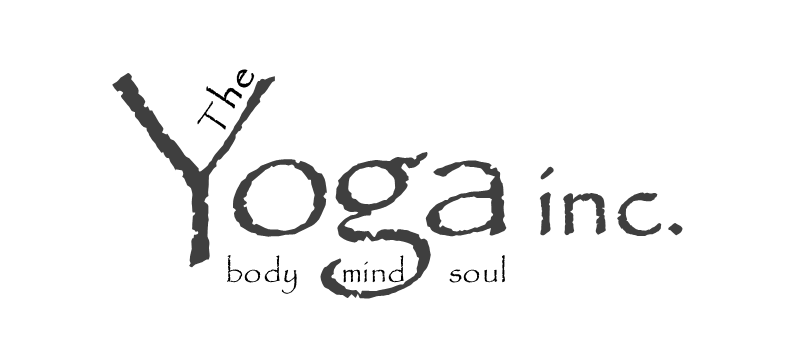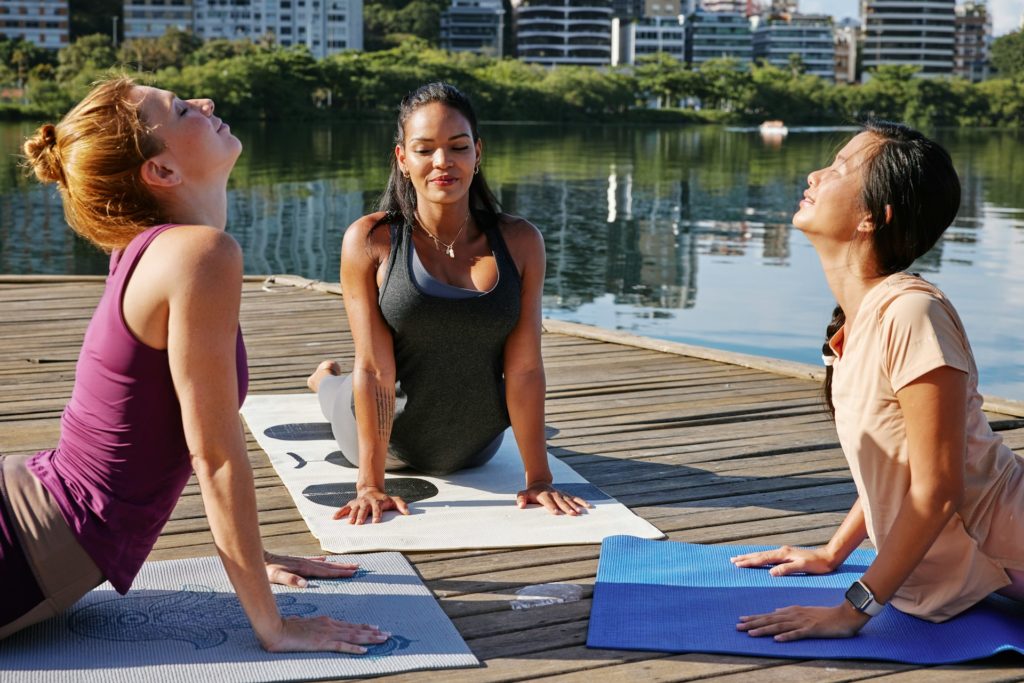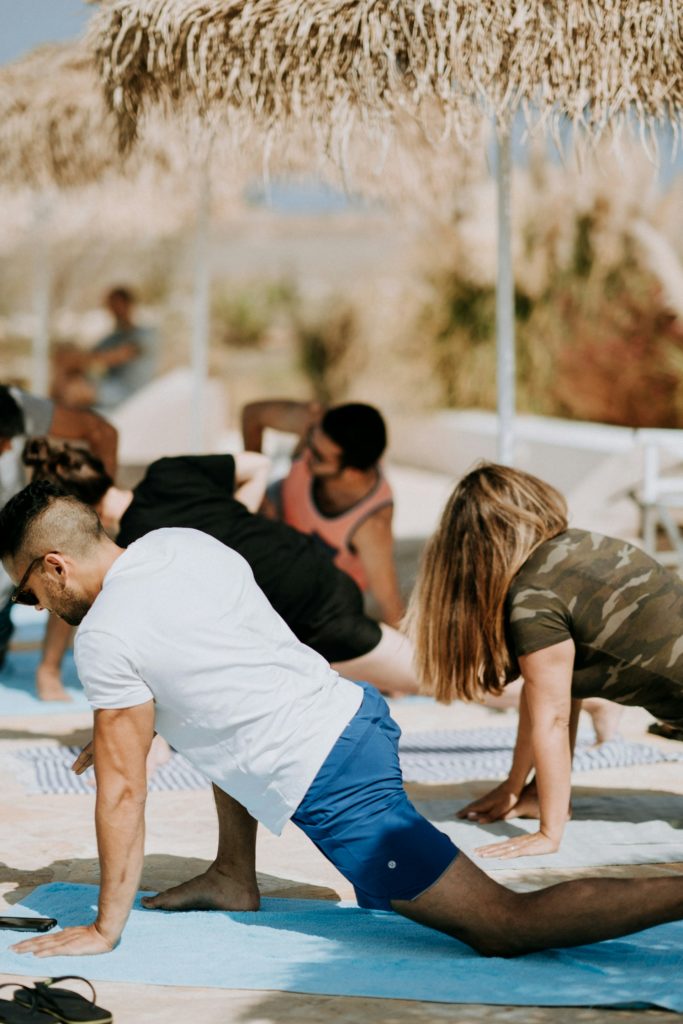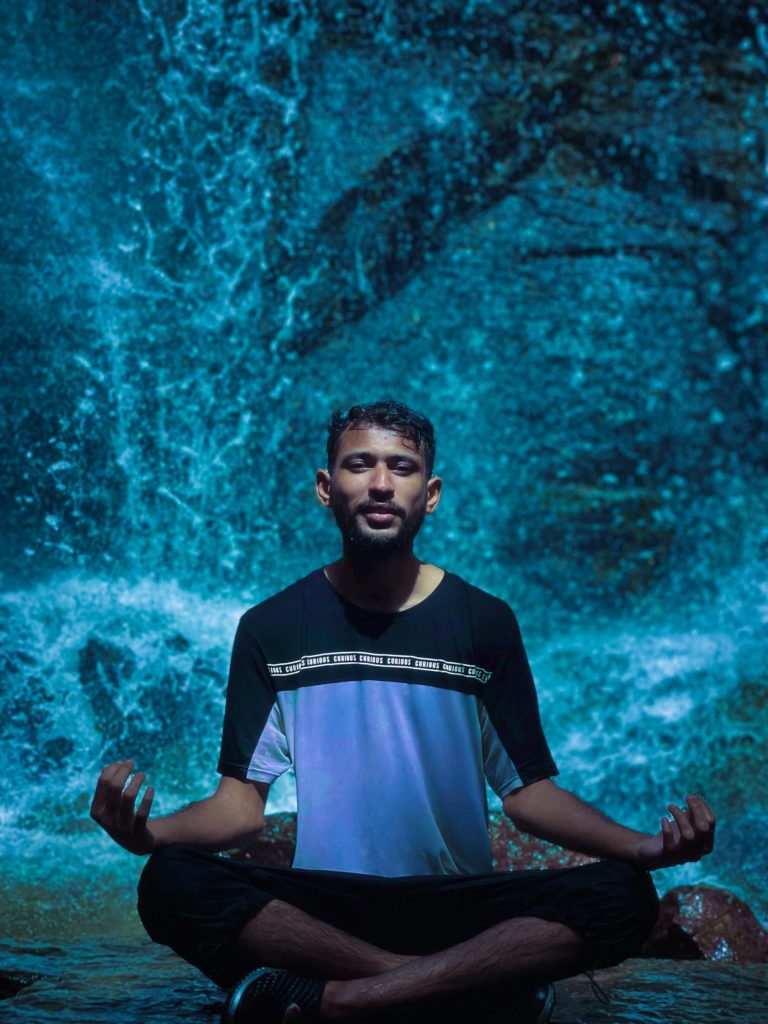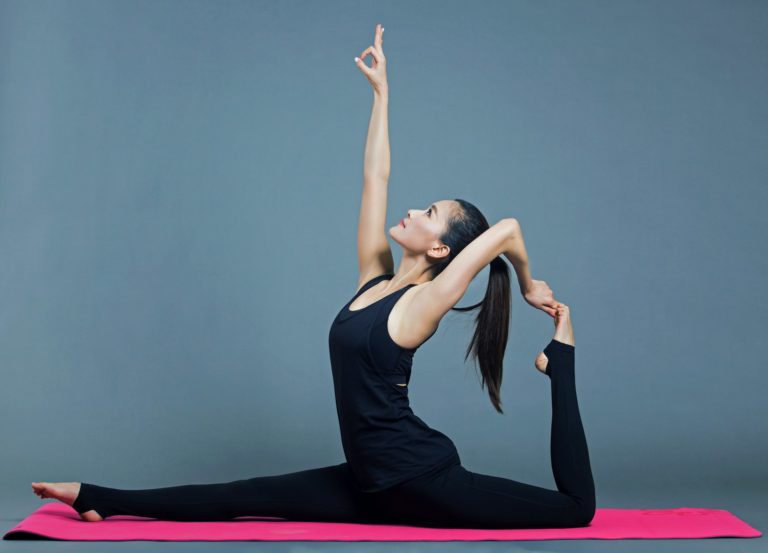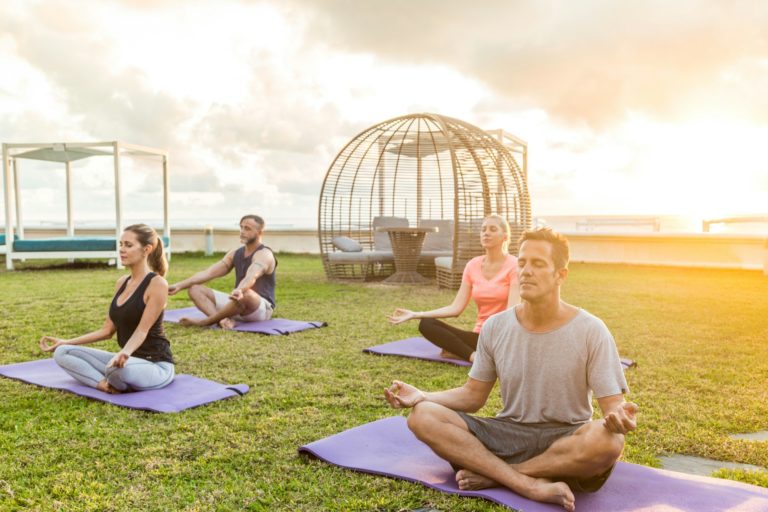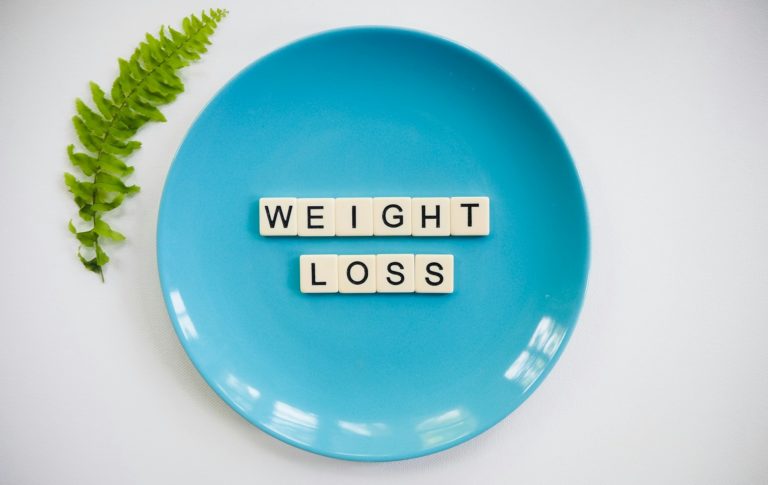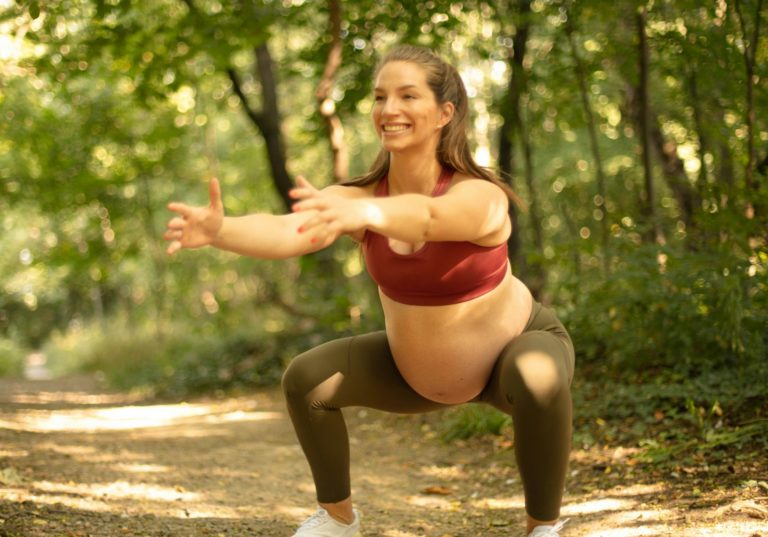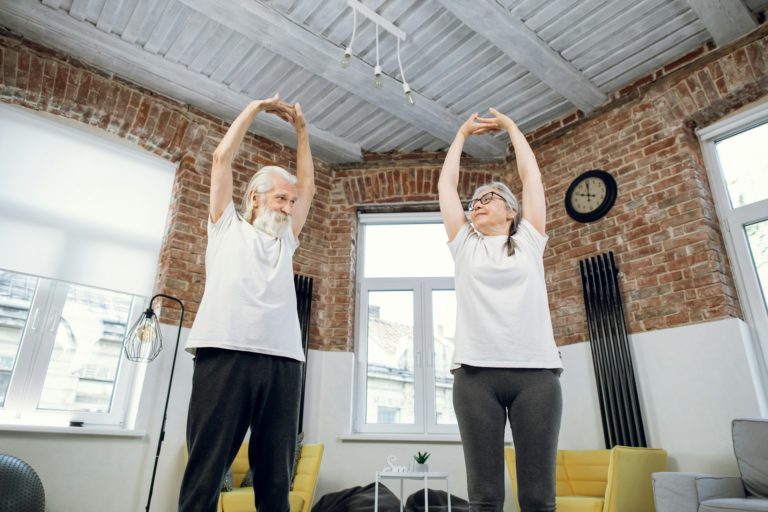Types of Yoga: Explore Different Styles & Practices
Have you ever wondered which yoga style is best for you? There are many styles to choose from. It might seem tricky, but knowing your options can make it easier. Are you just starting or looking to improve your practice? Different types of yoga styles are out there waiting for you to discover, including bhakti yoga, the yoga of devotion, centered around devotion and love for a personal god or the divine, involving practices like chanting, singing, and praying, and karma yoga, the yoga of action, where practitioners seek spiritual liberation through selfless service to others.
In the US, about 37 million folks practice yoga. You can choose from old styles like Hatha and Ashtanga to newer kinds like Vinyasa flow and hot yoga. Every style is unique, focusing on parts like poses, breath, and spirituality.
Hatha yoga is great for starters. It mixes physical poses (asanas), breathwork (pranayama), and meditation. Then, there’s Iyengar yoga, which cares a lot about posture details and staying in poses for a while. They change small things in poses to get them just right.
If you like a challenge, there’s Ashtanga yoga. It’s tough, so it’s not for newbies. Kundalini yoga makes you move and breathe fast. You can also try Bikram yoga for something hot. It happens in a 105°F, 40% humidity room with 26 poses and two breathing exercises.
Any yoga type can lower stress and blood pressure and boost health. So, why not explore the different types of yoga and find the one that’s right for you?
Key Takeaways
- Yoga has many different styles and practices, each with unique characteristics and benefits.
- Hatha yoga is a traditional form often recommended for beginners, while Iyengar yoga focuses on detailed alignment.
- Ashtanga and Kundalini yoga offer more physically demanding practices, while Bikram yoga is performed in a heated room.
- Regular yoga practice can reduce stress, lower blood pressure, and improve mental and physical well-being.
- Exploring different types of yoga can help you find the perfect style for your needs and preferences.
Understanding the Different Types of Yoga
Yoga is an ancient practice from India that started thousands of years ago. It has since grown into many styles and traditions, each unique. Despite their differences, all types of yoga bring physical, mental, and spiritual benefits, with physical postures designed to improve strength, flexibility, and balance.
The Origins and Evolution of Yoga
Yoga started as a way to connect mind, body, and spirit. It quickly spread, leading to many styles. Hatha yoga is a classic, focusing on breathing and exercises. Vinyasa yoga is more active, syncing poses with breath in a flowing manner.
Kundalini yoga combines spiritual and physical work. It strengthens the core and works on breathing, which helps increase energy and decrease stress and negative thoughts. Ashtanga yoga is physically demanding and consists of specific postures. It’s for those with experience and is taught in a particular order over six series.
Physical, Mental, and Spiritual Benefits of Yoga
Yoga helps the body, mind, and spirit. It can lower blood pressure and heart disease risk. It also improves sleep and stress management, promoting relaxation and increasing self-awareness and peace.
On a mental level, yoga supports well-being and may reduce depression symptoms. It builds the connection between body and mind, leading to awareness and balance. Spiritual styles like Jivamukti yoga mix Vinyasa with Hindu spirituality, emphasizing connection to the Earth.
Different styles fit different needs, from calm Yin yoga to intensive Iyengar yoga. Yin yoga focuses on poses that you hold to boost flexibility and joint health. Iyengar yoga requires a lot of teacher training and uses tools to help improve your poses. Over 37 million people in the US practice yoga, many at home. Yoga’s benefits and ease of practice attract diverse people seeking health and inner growth.
Hatha Yoga: The Foundation of Physical Practice
Hatha yoga is an old style of yoga from India. It combines the body and mind. It uses exercises like poses, breathing, and meditation to help connect the physical self with thoughts and spirit.
In the West, types of hatha yoga include poses (asanas), breath work (pranayama), and meditation. Hatha yoga aims to cleanse the body and focus the mind for meditation. Exercises improve one’s body’s movements, balance, and health.
What is Hatha Yoga?
Hatha yoga is an extensive practice that covers yoga beliefs, breathwork, and poses. The practice includes poses, breath control, withdrawing the senses, concentration, meditation, and bliss. It uses hand gestures, muscle locks, purification methods, and sacred sounds.
Yoga focuses on poses to increase movement, strength, and balance. It also works on your body’s energy. Breathing exercises help your life energy flow better. Meditation makes you calm, improves focus, and lets you know yourself.
Suitable for Beginners and Those Seeking Gentle Practice
Hatha yoga is slow, kind, and suitable for beginners and those who want calm. It has poses like the Downward-Facing Dog and Child’s Pose. Breath and the way you move are very important for safety and to work well.
In hatha yoga, poses can change to work for everyone, which helps build a good start for yoga. It works on body and mind, bringing many good things. Your joints, flexibility, and how your body works all get better. It also makes you calm, focused, happier, and more creative.
Hatha yoga has a long history, and it’s still beneficial. Knowing its past helps us use it entirely for our wellness now.
Vinyasa Yoga: Flowing with the Breath
Vinyasa yoga, also known as flow yoga, is trendy. It focuses on slow movements and carefully transitioning between poses, often part of a sequence. This style connects your breath with your movements. It’s smooth and not as strict as Ashtanga yoga.
In a Vinyasa class, you quickly move from one pose to the next. Your breath guides these movements. Classes can be 45 to 90 minutes long.
In a 60-minute class, you’ll do many poses, including backbends, forward folds, twists, and balancing poses. These movements suit your joints and make your muscles and soft tissues flexible.
While doing balancing poses, you’ll work different muscle groups at once. The focus needed for these poses also reduces stress. It teaches you to stay in the present.
There are different kinds of Vinyasa yoga, such as Vinyasa flow, hot Vinyasa, Power Vinyasa, and dynamic Vinyasa. Each type has its benefits and challenges.
Hot Vinyasa is done in a warm room, which helps you sweat more and become more flexible. Power Vinyasa is intense. It works on your heart health and body control.
Dynamic Vinyasa focuses on quick switches between poses, improves strength, flexibility, and stamina, and burns many calories. Power yoga is a dynamic and physically demanding vinyasa-style yoga that incorporates flowing movements to increase heart rate and build strength, often including arm balances and inversions.
In Vinyasa yoga, you breathe deeply and activate your parasympathetic nervous system. It helps you calm down and feel better mentally and emotionally.
“Ashtanga Vinyasa is considered one of the most challenging styles. It has a series of poses. It links breath with movement. It’s best for people who are not beginners.”
Vinyasa yoga can be hard work. It often includes moving a lot and doing challenging poses. Classes can change in how hard they are, and how fast you move depends on the teacher and the class level. There are many options. By moving with your breath, Vinyasa yoga boosts your heart rate. It makes you more flexible and stronger. It also helps you relax, which is why many people love it.
Ashtanga Yoga: A Structured and Disciplined Approach
Ashtanga yoga is a highly structured and disciplined style of yoga. It follows a set sequence of postures developed by K. Pattabhi Jois and inspired by T. Krishnamacharya. You’ll do a series of postures that match your breathing. It takes a lot of focus and hard work. In the 1900s, Ashtanga yoga became popular worldwide. Jois started the Ashtanga Yoga Research Institute in Mysore, India, in 1948.
Ashtanga yoga has six poses, each harder than the last, so that people can improve over time. The series are the Primary, Intermediate, and Advanced, and they follow a set order. You start with the essential Primary Series, which focuses on bending forward, opening your hips, and twisting your body. After that, you can move to the Intermediate and Advanced Series.
The Six Series of Ashtanga Yoga
In Ashtanga yoga, you stay in poses for a long time. You might work on the same pose for weeks or months. It’s important not to skip poses. And it would be best if you didn’t move to harder ones until you’ve mastered the easy ones. With each pose, you count every breath. It would be best if you breathed in a particular way. And look at a specific spot for each pose. Ujjayi breathing helps you stay focused. It also makes your energy flow better.
Benefits of a Regular Ashtanga Practice
If you do Ashtanga six times a week, it will change you. It makes your mind calm by reducing the ups and downs in how you feel. You learn not to dwell on the past or be anxious about the future. Instead, you become more focused and in the moment.
This yoga makes you work hard on challenging poses. This sort of practice makes your body and mind handle stress better. Over time, you’ll find that yoga fits you better. It becomes more about what works for you. Ashtanga also makes you concentrate better and find peace inside. It helps you get less of what you need from the outside world.
Ashtanga yoga is good for our modern problems. It helps us not always want instant satisfaction. Instead, it focuses on finding peace within. Yoga offers a complete plan for a good life and personal growth. It covers our body, mind, and spirit.
Iyengar Yoga: Precision and Alignment-Based Practice
Iyengar yoga is known for its careful focus on how we stand and move. It’s great for everyone, from first-timers to those who know their way around. You’ll find yourself holding poses longer, which boosts your concentration.
It’s open to all, no matter your age or health. This yoga can also ease ongoing pain, trouble sleeping, and feeling down. Based on ancient teachings, it helps your mind find calm and joy. It covers a wide range of yoga practices to get you there.
Getting your body in the correct position is critical in Iyengar yoga. This way, you grow stronger without hurting yourself. Using tools like blocks and straps helps everyone get into the perfect spot.
The Use of Props in Iyengar Yoga
Iyengar yoga stands out because of its close attention to detail. It makes your muscles smarter and safeguards your bones from stress. Using props also ensures your poses are spot on, unlike in some classes where things might be off.
Iyengar classes emphasize getting in the right line, doing things in order, and staying in poses for a while. No music allows you to focus, which helps your body and mind work together better than they might in other classes.
Doing Iyengar yoga has many benefits. It can improve our standing and moving, lower stress, and boost our brain power. This kind of yoga fights getting old by making us feel and look better.
Because of its focus on getting things just right and the help of tools, anyone can do Iyengar yoga. Most people around 60 years old at big yoga gatherings show how Iyengar yoga is truly for everyone. Whether stepping into yoga for the first time or already deep into it, you can benefit from what Iyengar yoga teaches. It’ll make you stronger, more flexible, and more in tune with your body and mind.
Bikram and Hot Yoga: Practicing in the Heat
Do you love a more intense yoga session? Try Bikram or hot yoga. Both are done in a room heated to about 105°F (40°C) with 40% humidity. The heat helps you sweat out the bad stuff, get more limber, and have better endurance. It’s a unique and immersive journey.
The 26 Postures of Bikram Yoga
Bikram Choudhury founded Bikram Yoga. It has 26 postures and two breathing exercises, done in a particular order. Classes are always 90 minutes long. Each pose is done twice, for 60 and 30 seconds each.
This fixed routine offers comfort and consistency. Practitioners can rely on the same experience in every class.
Hot yoga, on the other hand, is broader. It’s any yoga done in a warm room. For example, Power House Yoga has warm Vinyasa sessions with 40 to 60 poses. The temperature usually stays around 38°C, but it’s adjusted based on the weather.
Precautions and Hydration in Hot Yoga
There are some things to watch out for in hot yoga. Always, always keep yourself hydrated. At places like Power House Yoga, you can drink water whenever needed. If it’s too much, you can rest or step outside.
Heating styles in hot yoga classes might differ. Bikram usually uses hot air, while some, like Power House Yoga, choose infrared heating. This type may be better for your muscles and breath. A Texas University study showed that hot and regular yoga helps your heart.
But hot yoga isn’t for everyone. If you have health concerns, talk to your doctor first. Safety and health always come first when trying new things like Bikram or hot yoga.
Kundalini Yoga: Awakening the Serpent Energy
Kundalini yoga is a mix of spiritual and physical exercises designed to stir up the kundalini energy thought to be wrapped up at the bottom of our spines. Yogi Bhajan brought Kundalini Yoga to the West in the late 1960s, making finding it more accessible. It draws from the Hindu schools of Shaktism and Tantra. In 1968, Yogi Bhajan shared his version in the US.
Chanting, singing, and moving in unique ways are at the heart of Kundalini yoga. This method has many benefits. It can help reduce stress, boost back health, aid digestion, balance chakras, assist in detox, and keep emotions in check. Kundalini yoga has six essential parts. These include the start chant, specific breath exercises, actions to do, relaxing, meditating, and ending with another chant.
Chanting, Singing, and Meditation in Kundalini Yoga
In Kundalini Yoga, chanting mantras can change your mind and body. The path to kundalini awakening may use mantras, tantra, yantra, yoga, meditation, and other ways. Breathing exercises and hand positions, called mudras, help control the Kundalini energy flow. Cleansing your nose with special breathing is also taught to start the Kundalini energy.
Kundalini yoga lessons often mix mantras, hand movements, and active, repeat motions. A study in 2017 showed that doing Kundalini yoga cuts stress right away. Also, eight weeks of it can lower how anxious people feel.
Kundalini Yoga for Elevating Consciousness
Kundalini yoga aims to raise awareness, help you know yourself better, and bring you closer to something greater. People who practice it often say they can feel more about what’s happening around them. They also report healing emotionally and thinking more broadly. In a research study, Kundalini yoga helped people think and remember better in short and long timeframes.
Kundalini yoga aims to wake up the sleeping energy at the base of our spines, which is believed to move through special channels in the body. The exercises involve meditation and breathing, which prepare you for the Kundalini energy to move in you. Some say that Kundalini Yoga is stronger and more focused on spiritual growth than other yoga types.
While science doesn’t yet back up claims of more creativity, charm, or energy from Kundalini yoga, people feel these things. Kundalini Yoga fosters a feeling of togetherness and sharing among its practitioners. It also seems to help people with eating worries feel better about their bodies.
“Practicing Kundalini yoga can lead to a Kundalini awakening, which, some say, leads to spiritual light.”
If you’re new to Kundalini, you might try poses like Lotus, Cobra, and Archer. But if you have trouble breathing, joint pain, or are pregnant, be careful. It’s best to talk to a doctor first.
Types of Yoga for Relaxation and Restoration
Today, many of us want to relax in our busy lives. We look for ways to lower stress and find balance. Luckily, yoga has types that help deeply relax, reduce stress, and lose weight. Yin yoga and restorative yoga are top choices for this.
Yin Yoga: Holding Poses for Deep Stretches
Yin yoga involves holding poses passively for 3-5 minutes. It focuses on connective tissues, including ligaments, joints, and bones, more than muscles. Yin yoga can boost flexibility, ease tension, and relax the mind and nerves.
In a yin yoga class, you’ll do sitting or lying down poses, and you might use props like blankets and bolsters. Yin yoga is great for those who want to relax and meditate.
Restorative Yoga: Finding Complete Relaxation
Restorative yoga is very gentle. In a restorative yoga class, you spend more time in fewer postures, use props for support, and aim for complete relaxation in poses, often held for several minutes. It’s all about deep relaxation and stress relief.
This kind of yoga is perfect for people with high stress or fatigue. It calms the nervous system for deep rest. A class might also include meditation or breathing exercises for more relaxation.
Both yin and restorative yoga let us slow down and care for ourselves. Including these in your routine can bring more peace and balance.
Conclusion: Finding the Right Yoga Style for You
There are many types of yoga to choose from, each meeting different needs and wants. Picking the perfect yoga for you can be challenging. Think about what you want from your yoga. Look at what makes you unique, like what you can physically do and what you dream of achieving in fitness. Gentle Hatha Yoga may be for you if you’re starting. It’s great for newcomers with slow moves and a focus on breathing and poses. Hatha Yoga is good for getting you moving more efficiently and feeling more flexible. It helps you find a connection between your mind and body and is a slower form of practice.
Want a challenge that makes you stronger and bendier? Vinyasa, Ashtanga, or Bikram Yoga might be your thing. Vinyasa means flowing with your breath. It’s filled with different moves that connect smoothly and are often lively. Ashtanga has a set of moves that get more intense as you go, which helps create warmth inside you, gets your blood moving, and brings peace to your mind. Bikram Yoga in a heated room enables you to stretch more, eliminate toxins, improve your heart health and muscles, and even help with weight loss.
Choosing the suitable yoga for you is a journey that’s all your own. It’s OK to test different classes and instructors. Keep looking until you find what feels right to you. Maybe you’ll like Yin or Restorative Yoga for unwinding. Or perhaps Kundalini to boost your spirit. No matter what, keep an open mind and pay attention to your body. Enjoy all the good things yoga brings. Knowing about each style and how it suits you can guide you to the best yoga. Then, you’re on track to join a yoga group supporting you.
FAQ
What are the main differences between the various types of yoga?
Each type of yoga has a particular focus. Hatha yoga is about physical postures and breathing. Vinyasa yoga connects breath and movement fluidly. Ashtanga yoga has a specific sequence of postures. Iyengar yoga stresses exact alignment and may use props.
Is yoga suitable for beginners?
Yes, it’s excellent for beginners. Start with gentle styles like Hatha or restorative yoga. They’re slow and teach basic postures and relaxation techniques.
What are the benefits of practicing yoga regularly?
Yoga has many benefits. It can improve your body and mind, including improving flexibility, reducing stress, and helping you focus. It also promotes a deeper sense of self and peace.
Do I need to be flexible to practice yoga?
No, flexibility isn’t a must. Yoga can make you more flexible over time. You can use props to help with different postures.
What should I wear to a yoga class?
Wear comfy clothes that let you move. Loose clothing might be a problem in some poses. Generally, people wear leggings or shorts with a fitted top.
What equipment do I need to practice yoga?
All you need is a yoga mat. It’s good to have your own for cleanliness. You can also use blocks, straps, and blankets to support or change poses.
How often should I practice yoga to see results?
Practice two to three times a week for real benefits. The more you practice, the better you’ll feel. Make it a regular part of your routine for best results.
Can yoga help with stress and anxiety?
Yes, yoga is excellent for stress and anxiety. Breathing, meditation, and relaxation can bring calm. Restorative and yin yoga can be perfect for relaxing.
Is hot yoga safe for everyone?
Hot yoga isn’t for everyone. It can be challenging, especially for those with health issues or who don’t like heat. Always hydrate and consider your health. If you’re unsure, check with a doctor.
How do I find the right yoga class or teacher for me?
It might take time to find the best class or teacher. Start by looking up styles and studios nearby. Reading reviews can help. And don’t hesitate to try different classes until you find what fits.
Source Links
Table of Contents
Toggle